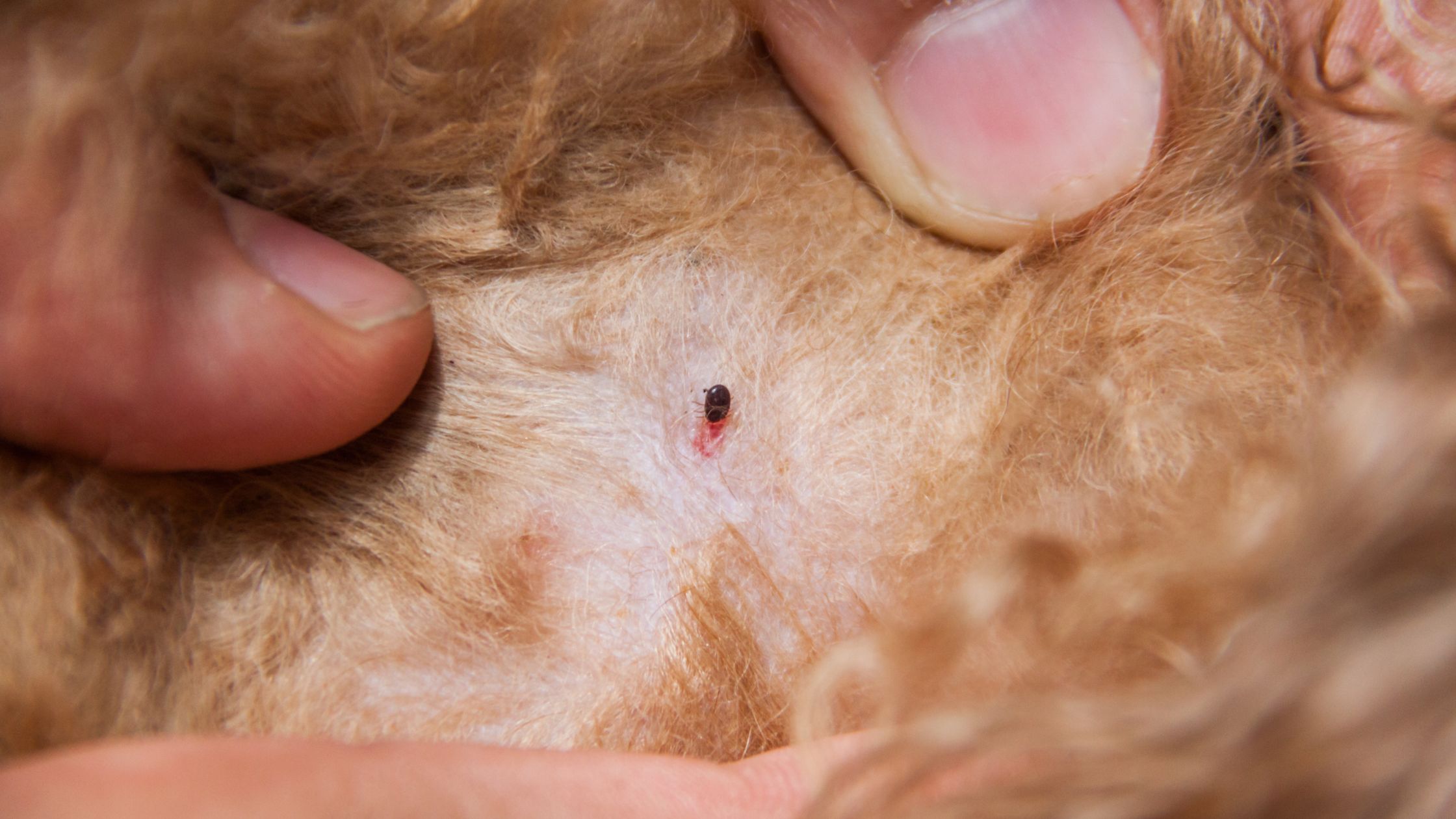Fleas are tiny, blood-sucking pests that can wreak havoc on our beloved pets and homes. Identifying them is the first step in effectively dealing with these pesky creatures. In this blog, we will explore in detail what fleas look like, so you can better protect your furry friends and maintain a flea-free environment.
Also Read: Demystifying Subluxation: Understanding the Facts
The Anatomy of a Flea
Fleas are incredibly small insects, typically measuring about 1-2 millimeters in length, which is roughly the size of a pinhead. Despite their diminutive size, they are designed for one primary purpose – to feed on the blood of their host, usually mammals like cats, dogs, and even humans.
Here are the key physical characteristics that can help you identify fleas:
- Color: Fleas are usually dark brown to reddish-brown in color. Their coloring can vary slightly depending on the species and their age, with newly hatched fleas often appearing lighter in color.
- Body Shape: Fleas have a flattened, narrow body, making it easy for them to navigate through the fur of their host. Their streamlined shape allows them to quickly move through the hair, making them challenging to catch or squish.
- Legs: Fleas have six long, powerful legs adapted for jumping. These legs enable them to leap impressive distances relative to their size. Fleas can jump up to 150 times their body length, which is a remarkable feat that helps them find a host.
- Antennae: They possess short, bristle-like antennae on their head. These are used for detecting heat, movement, and carbon dioxide emissions, which helps fleas locate their hosts.
- Mouthparts: Fleas have a specialized mouthpart designed for piercing the skin and sucking blood. Their mouths are equipped with backward-facing spines and a feeding tube to anchor themselves to their host.
- Eyes: Fleas have tiny, simple eyes that can detect light and dark but do not provide detailed vision. Instead, they rely more on their other sensory features.
Lifecycle of a Flea
Understanding the physical appearance of fleas is essential, but it’s also helpful to know about their life cycle. Flea undergo four distinct stages in their life cycle: egg, larva, pupa, and adult. Adult fleas are the stage most people are familiar with, but in a flea infestation, it’s often the pupa and larva stages that cause problems. These stages may not look like the typical adult flea but are equally important to address when dealing with an infestation.
- Eggs: Flea eggs are tiny, oval, and white. They are often laid in the host animal’s fur and can fall into carpets, bedding, and furniture.
- Larvae: Flea larvae are worm-like and can be up to 6 mm long. They are translucent white and have bristle-like hairs on their body. They feed on organic matter, including flea feces, dead skin, and other debris.
- Pupa: During this stage, the flea is encased in a cocoon. The cocoon can be sticky and covered in debris, making it camouflaged. Pupae can be brown or tan and are about 3-5 mm long.
- Adults: As discussed above, adult fleas are small, dark brown to reddish-brown insects with powerful legs for jumping and piercing mouthparts for feeding.
Conclusion
Identifying what fleas look like is crucial for anyone concerned about the health and well-being of their pets and the comfort of their home. By understanding their physical characteristics and life cycle, you can take effective measures to prevent, control, and eliminate flea infestations. Regular grooming, vacuuming, and using flea prevention products can go a long way in protecting your pets and home from these pesky parasites. Remember, quick action is key when dealing with fleas to prevent an infestation from getting out of control.

























